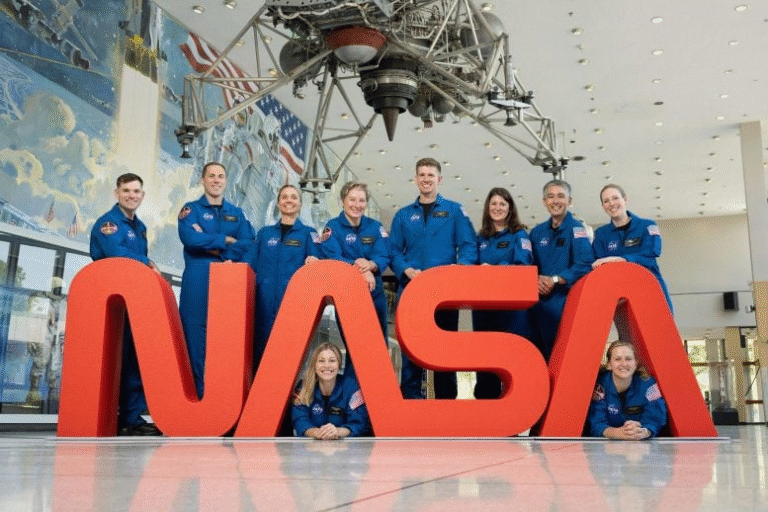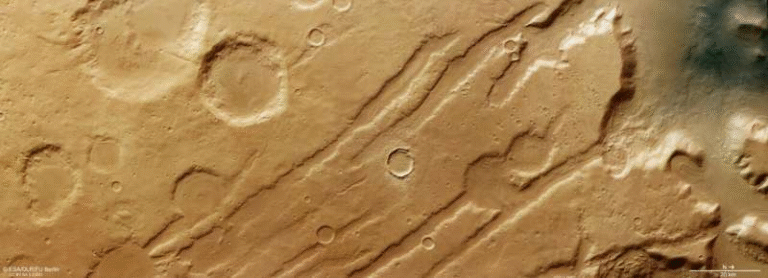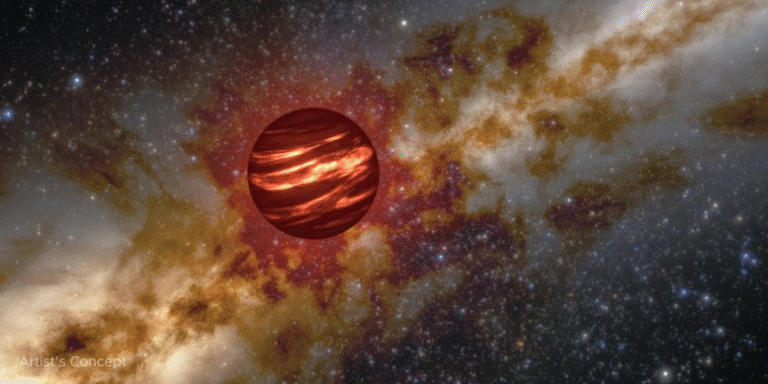Telescope Breakthrough: A “Light Hack” That Sharpened Our View of the Universe

Astronomers have just pulled off something extraordinary. A UCLA-led team used a brand-new optical technique on a ground-based telescope to see the universe in sharper detail than ever before — all without building a bigger telescope or linking multiple observatories together. This clever method involves a device called a photonic lantern, which can extract more information from starlight than traditional imaging systems.
The results, published in The Astrophysical Journal Letters, mark the first-ever on-sky demonstration of sub-diffraction-limited measurements using a single telescope. That means they achieved a level of precision that, until now, was thought to require the combined power of multiple telescopes.
The Core of the Discovery
The breakthrough took place at the Subaru Telescope in Hawai‘i, an 8.2-meter instrument operated by the National Astronomical Observatory of Japan. The UCLA team, along with collaborators from the University of Sydney, University of Central Florida, Paris Observatory, University of Hawai‘i, and several other institutions, modified the telescope using a photonic lantern integrated into a system called FIRST-PL.
This new device allowed the astronomers to make an exceptionally sharp measurement of the disk surrounding a nearby star named Beta Canis Minoris (β CMi). Located about 162 light-years away in the constellation Canis Minor, β CMi is a rapidly rotating Be star surrounded by a hydrogen gas disk. Using the new setup, the researchers achieved five times greater precision than any previous measurement of such a system — about 50 microarcseconds, which corresponds to seeing a detail roughly 6 feet across if the object were at the distance of the Moon.
That’s a staggering level of sharpness.
How the Photonic Lantern Works
At the heart of this technique is the photonic lantern — a specially designed optical fiber that takes in starlight and splits it into multiple single-mode channels. Think of it like turning a musical chord into its individual notes. Each output channel represents a distinct spatial pattern of the light’s wavefront, preserving subtle information that would normally be lost in standard imaging.
Once the starlight is separated, each channel is then analyzed by a spectrograph, which splits the light again by color. The result is a dataset that encodes both spatial and spectral details. By processing this data computationally, astronomers can reconstruct images that go beyond the traditional diffraction limit — the fundamental sharpness limit set by the size of the telescope’s mirror.
Normally, to surpass that limit, scientists link telescopes together into an interferometric array. But here, the UCLA-led team managed to achieve it using just one telescope, thanks to this optical innovation.
The Role of Adaptive Optics
Even with advanced instruments, Earth’s atmosphere poses a huge challenge. Turbulence in the air causes starlight to shimmer and blur — the same effect that makes stars “twinkle.” To overcome this, the team used the Subaru Coronagraphic Extreme Adaptive Optics system (SCExAO), which continuously adjusts a deformable mirror to counteract atmospheric distortion in real time.
However, because the photonic lantern is so sensitive, even minor residual fluctuations could spoil the data. To handle this, UCLA’s Yoo Jung Kim, the study’s lead author and a doctoral candidate, developed a new data-processing technique that filters out the remaining turbulence effects. This innovation made it possible to measure the fine structure around β CMi with unprecedented accuracy.
What They Found Around Beta Canis Minoris
When the team analyzed their results, they confirmed that β CMi’s surrounding gas disk rotates rapidly. Due to the Doppler effect, the side moving toward us glows slightly bluer, while the side moving away appears redder — similar to how a siren’s pitch changes as an ambulance passes by.
But there was a surprise. The disk wasn’t perfectly symmetrical. The data revealed a lopsided, or asymmetric, structure — something no one had seen before. The reason for this unevenness remains unclear and could involve complex processes like uneven gas density, magnetic fields, or even a hidden companion object influencing the disk’s motion.
This unexpected result shows how much more detail astronomers can now uncover using this new optical method.
Technical Details of the Observation
- Telescope: Subaru 8.2 m, Maunakea, Hawai‘i
- Instrument: FIRST-PL, equipped with a 19-port photonic lantern
- Observation Dates: September 17, 2024, and February 11, 2025
- Photocenter Precision: ~50 microarcseconds
- Wavelength Range: Visible and near-infrared
- Collaborators: UCLA, University of Sydney, University of Central Florida, Paris Observatory, University of Hawai‘i, Caltech, University of Arizona, Astrobiology Center (Japan), and University of California Santa Cruz
Why This Matters
This new approach marks a major leap forward in observational astronomy. For centuries, astronomers have relied on building ever-larger telescopes to gain sharper views. But there’s a practical limit to how big a telescope can be before costs, weight, and engineering challenges become overwhelming.
The photonic lantern sidesteps that limitation by making better use of the light that telescopes already collect. Instead of merely focusing light into an image, it analyzes the light’s structure itself, teasing out fine details hidden in its spatial patterns.
This means that smaller telescopes — even those on the ground — could achieve resolutions comparable to far larger instruments, and without needing to be part of a multi-telescope array.
The Bigger Picture: Photonics in Astronomy
The success of this experiment highlights a growing field known as astrophotonics, where advanced optical and fiber technologies are used to enhance astronomical measurements. Photonic devices are already transforming communications and quantum technologies — and now they’re making their mark in space science too.
By integrating photonics with adaptive optics, astronomers can measure the faintest and smallest features in the cosmos. These systems are compact, lightweight, and cost-effective compared to traditional interferometers, making them ideal for future space-based telescopes, where stability is much higher and atmospheric turbulence is absent.
In fact, the research team noted that this technology could soon enable sub-diffraction-limited imaging from space, providing extraordinary new opportunities to study exoplanets, stellar surfaces, and distant galactic nuclei.
What’s Next
The FIRST-PL instrument is still in its commissioning phase but is expected to be made available to other astronomers within about a year. The next goals include:
- Designing mode-selective photonic lanterns to improve both image reconstruction and sensitivity.
- Expanding the system to study fainter or more complex targets, such as exoplanetary systems or dusty stellar disks.
- Combining this method with interferometric techniques for even greater resolution.
- Deploying similar systems on space telescopes, where the absence of atmospheric interference would unlock their full potential.
The researchers believe that this is only the beginning. As photonic instruments evolve, we may soon be able to resolve details of objects that are not just smaller and more distant — but fundamentally invisible to current telescopic techniques.
Final Thoughts
This achievement isn’t just a technical milestone — it’s a paradigm shift. For the first time, astronomers have shown that it’s possible to beat the diffraction limit with a single telescope using the clever manipulation of light. It demonstrates that innovation doesn’t always mean building something bigger; sometimes, it’s about using what we have more intelligently.
The asymmetric disk around β CMi might be just the first of many discoveries made possible by this approach. As this technology spreads, expect to see a new generation of “light hacks” revealing the cosmos in ways we’ve never imagined.
Research Reference: Yoo Jung Kim et al., On-sky Demonstration of Subdiffraction-limited Astronomical Measurement Using a Photonic Lantern, The Astrophysical Journal Letters (2025)





